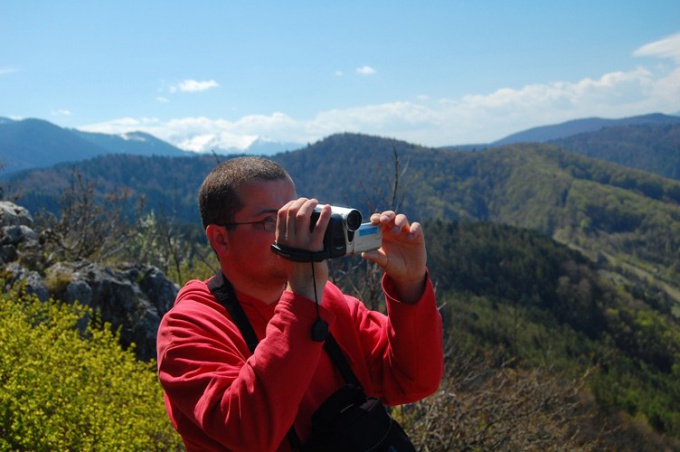You will need
- video;
- - Adobe After Effects.
Instruction
1
For video stabilization, you can take advantage of the program After Effects. Import the clip, in need of treatment, using the option File from the Import group on the File menu. If you prefer hot keys, apply to import the file Ctrl+I.
2
Drag the imported clip into the Timeline palette the mouse or the option to Add Footage to Comp from the File menu. Place the pointer of the current frame at the beginning of the fragment, which should stabilize the video, if you don't need to process the whole video.
3
Use the Stabilize Motion option from the menu Animation. In the palette layer will appear processed video with one tracker. Adjust the stabilization parameters in the Tracker Controls palette. If you do not see this palette in the program window, use the Tracker Controls in the Window menu.
4
Specify the options that need stabilization. By default, the program monitors changes in setting Position. In other words, you will be able to compensate for the vertical and horizontal jerking of the camera. If your picture, on top of that, still wobbles, place a tick in the checkbox Rotation. After that, the layer palette will be the second tracker.
5
Install trackers on parts of the image, the movement of which is monitored by the program. It should be small pieces of background which, in theory, should be fixed and moved in the frame only because of the jerking of the camera. The objects must be different from the background color, saturation or brightness. By default, tracks the difference in brightness.
6
If you put the trackers on the objects different from the background color, click on the Options button in the Tracker Controls panel. Select settings select RGB and click OK.
7
Click Analyze forward in the Tracker Controls panel. After clicking on this button will start the process of analyzing the displacement of points marked trackers. You can track the analysis in the palette window layer. If one of the trackers unhooked from the object that was originally attached, click on the Reset button and attach tracker to another object.
8
After the analysis is complete, click Apply. Start watching a video option RAM Preview from the Preview menu group Composition.
9
If necessary, increase the size of the image. This will prevent the player window layer edges with your video shifted to compensate for camera motion. To increase the image size, click on the arrow to the left of the layer with the video in the Timeline palette. In the right-click menu in the same way, expand the Transform. Edit the "Scale" parameter so that when playing in the player window wasn't visible areas of the black background.
10
Save the stabilized video using the option Add to Render Queue from the Composition menu. In the palette Render Queue click Output to and select the folder in which to store the file. To start the processing of your movie click the Render button.
